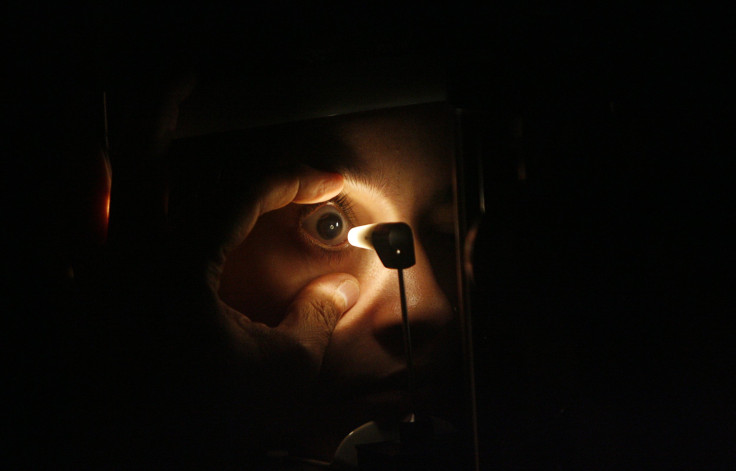Cornea treatment breakthrough: Melbourne researchers successfully grow and implant cornea cells to cure blindness

Australian researchers may solve transplant shortages worldwide after they made a breakthrough in cornea treatment. They developed an innovative cornea treatment that is capable of reducing the need for traditional donor issue transplants. Worldwide cornea shortage may be solved with the hydrogel film developed by the scientists.
As per 9News.com.au , more than 2,000 corneal transplants are carried out in Australia each year using corneal cells from deceased donors. However, cell rejection is a major problem with traditional corneal transplants. An estimated one-third of corneal transplants are not successful due to body rejecting foreign donor tissues.
However, the new technique aids growth of a patient’s own corneal cells thereby removing the risk of transplant failures. Rejection is not a possibility when a person grows his own cells. Up to now, animal trials for the new technique have been successful and human trials are expected to start next year.
The Melbourne researchers at Melbourne University and the Centre for Eye Research have successfully grown and also implanted corneal cells for curing blindness. Research scientist Berkay Ozcelik described the new technique as a breakthrough. The synthetic film can be can be implanted on the inner surface of a patient’s cornea with the help of a very small incision.
The hydrogel film is thinner than human hair and allows water flow from the cornea to the interior of the eye. It breaks down and disappears within two months.
“These materials show minimal inflammation, cause no adverse issues at all and can cause regeneration of tissue, hence allowing us to use this for various applications. We've actually developed a new class of material using novel chemical methods. The film could be used for other tissue engineering such as skin,” Ozcelik told the ABC.
In order to setup human trials, the Centre for Eye research is looking for venture capital. Once successful, the film may be used to generate cornea cells for patients in Japan and China where tissue donation is not favoured.





















